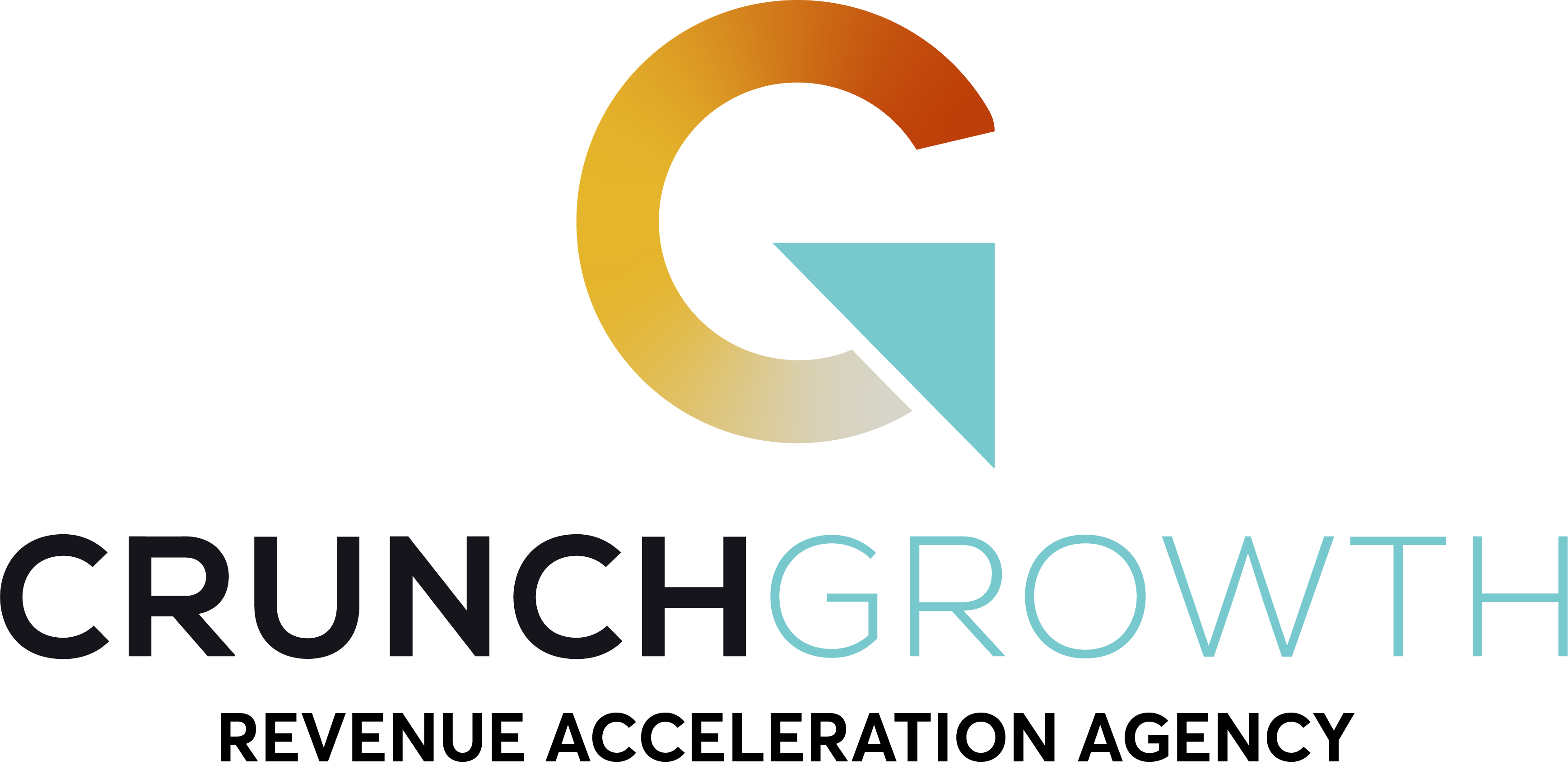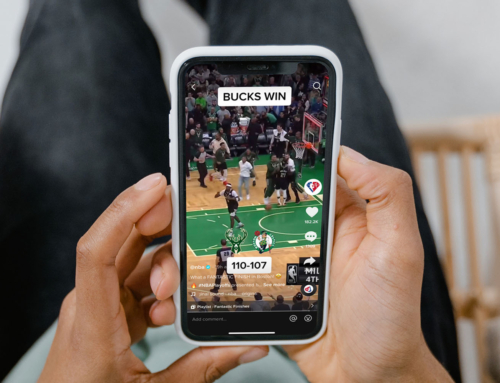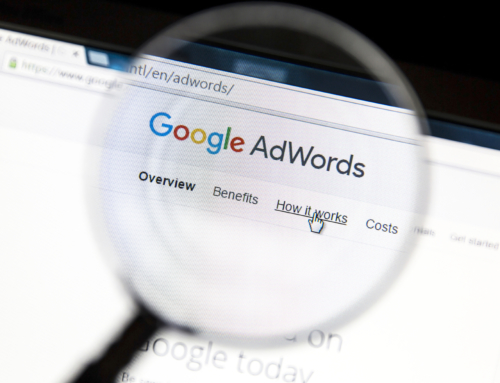E-mail campaigns are one of the most cost-efficient channels of communication. Done correctly, they can increase conversion and sales. However, some people believe social media has killed email marketing. Regardless, the statistics speak for themselves. Email marketing isn’t going anywhere.
Statistics indicate that email has a $38 average return per dollar spent. If your email marketing conversion rate is low, you’re doing it wrong. Although the ROI of email marketing is high, 17& of emails end up in spam. To convert leads, ensure recipients will open your message.
Below, we will highlight common mistakes. Avoid these to increase open and click-through rates.
1. Inadequate Market Segmentation
You cannot afford to overlook market segmentation. Here, you can define your market. Proper segmentation allows you to personalize your message. With this, you can connect with your recipients on a deeper level. Well-planned email marketing improves conversion rates.
You must know your potential prospects. By paying attention to their needs, you can market effectively. Consider further segmenting your target audience. Break down demographics for factors like age, gender, and location. Remember, people won’t convert if they don’t find your marketing message relatable.
2. Ignoring Authentication Standards
Email authentication standards serve a purpose. Service providers want to reduce spam for their recipients. If you ignore the guidelines, you won’t reach your audience. Content that doesn’t comply gets filtered into the junk folder.
Make sure you pay attention to Sender Policy Framework (SPF). SPF prevents email spoofing. Domain Keys Identified Mail (DKIM) also detects forget senders. If you violate these, your email won’t reach the customer.
3. Poorly Designed Email Marketing
The modern consumer checks their email on devices with varied screen sizes. Smartphones, tablets, laptops, and desktop computers all have different requirements. Thus, your email campaigns should be readable on a tablet and smartphone. If the layout doesn’t translate, you will lose potential customers.
4. Excessive Use of Large Media Files
Large media files take longer to load on mobile phones and tablets. So, email providers discourage the use of large images. Some even have security protocols in place. As a result, a large file may not display in the final send. In these cases, users see a blank email with a close button in the corner.
Use images that are relevant to your message. Make sure they won’t overwhelm your customers’ devices. For B2B correspondence, use attachments instead of images. In brief, courtesy leads to conversion.
5. Lack of SSL Certificate
Cybersecurity is a genuine concern. Hackers and scammers use digitized information to their advantage. Therefore, users are becoming increasingly cautious about opening emails. Email marketing from an unknown sender often goes unopened. Users avoid clicking emails that aren’t marked safe. Even if your company is reputable, get a certification.
To gain recipients’ trust, you should have an SSL certificate. Also, use effective antivirus tools. SSL certification verifies that your emails and attachments are safe. Using well-trusted sources such as Norton also generates trust among users.
6. Undefined Call-To-Action (CTA)
What is the purpose of your email?
Your email should focus on planned marketing objectives.
Content will be different depending on the desired result. To direct customers to a webpage, content should highlight relevant products. Thus, the call-to-action should be clear. If you want the client to download an attachment, say so. Vague emails won’t get results.
Ambiguous content may even negatively impact your campaign. If your emails don’t benefit the customer, they will unsubscribe.
7. Generic Content in Email Marketing
Personalized content increases clicks. Make sure the content you are providing is relevant. Don’t send emails just because the task is on the agenda. Plan relevant content and adjust it based on trends in culture.
If your content doesn’t grab reader attention, they won’t see your call-to-action.
Email campaigns that don’t convert are damaging. Use the information you have on your audience to communicate with them. Offers should be enticing. Personalization allows you to add customer names, locations, etc. Use all of these tools to get your message across.
8. A Dull Subject Line
The subject line is one of the most important parts of an effective email. Most people check their email on their smartphones. The small screen displays a short message, sender, and subject line.
If your subject line isn’t catchy, the user won’t unlock their phone. In that case, your message is lost. In truth, users are unlikely to open a dull and generic subject line.
Consider how many emails you receive in a day. Which ones do you open? Great offers and interesting information stand out in the crowd.
9. High-Frequency Email Marketing
Be conscious of how often you send email marketing to your customers. Frequent emailing can be intrusive. If your clients feel bombarded, they will unsubscribe. Besides, they may block your emails or report them as spam. Also, spam filters may filter your emails out automatically.
Be mindful of your customer’s time. Ideally, send one email every two months. These emails will reinforce your brand and remind your client. Emails only make sense if you have a great offer for your subscribers.
10. A/B Test
A/B testing compares two messages with the same purpose and the same email list. The list gets split. Half of your subscribers will receive option A, and the other will receive B. In essence, this option enables you to get two perspectives. With this, you can judge the effectiveness of different design elements. Then, use the information to create future campaigns.
Optimize your email campaigns
Pay attention to your email campaigns. Test regularly against ROI and increase your conversion rate. Keep in mind, email marketing can be a very lucrative marketing channel for your business. Even with all of the latest trends in marketing, your mailing list is still viable. Optimize your email campaigns, and your business will benefit from the effort.












Leave A Comment